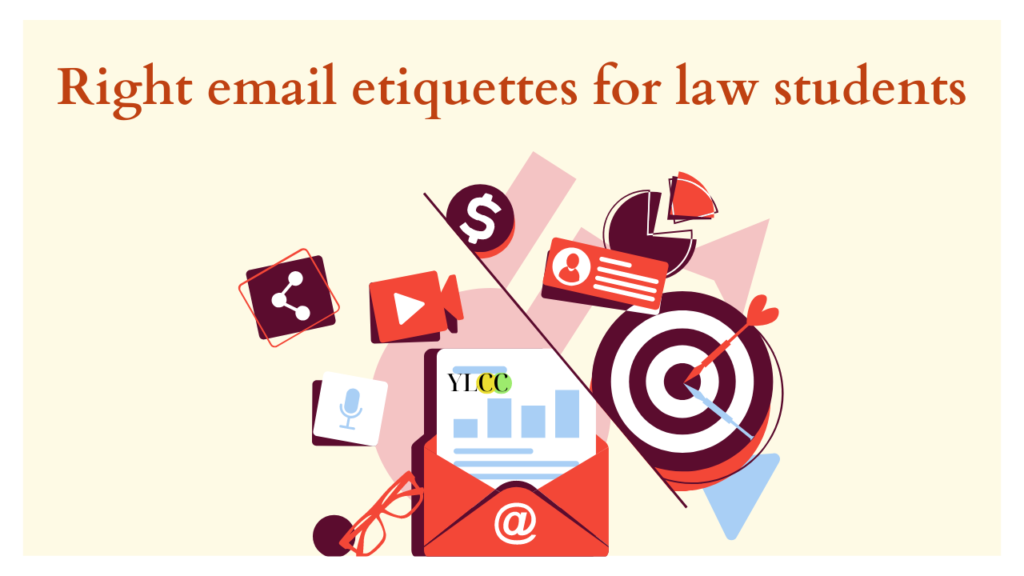
Are you tired of sending emails that go unanswered? Or worse, receiving responses that make you cringe? Fear not, for the solution is here! In a world where email has become the primary mode of communication, it’s essential to have the right email etiquette. Don’t be the person who sends an email in ALL CAPS or forgets to use a subject line. Trust me; no one wants to be that person. So, let’s dive into the world of email etiquette and learn how to craft the perfect email that will impress your professors and colleagues alike.
Ten Tips To Take Your Email Game To The Next Level!
Are you ready to take your email game to the next level? Follow these 10 fun tips to ensure your emails are professional, clear, and effective!
- Professionalism: Avoid using LOL or OMG in your emails. Instead, maintain a professional tone and language.
- Proper salutation: Hey you! No, not a good start. Use a proper salutation and address the recipient by their name or title.
- Clarity: Don’t beat around the bush, get straight to the point. Use bullet points or numbering where necessary to clearly convey your message.
- Confidentiality: If your email contains sensitive information, add a confidentiality notice or use encryption to ensure it remains secure.
- Timely response: Be sure to respond to emails in a timely manner, especially if they are urgent or time-sensitive. Don’t let them gather virtual dust in your inbox.
- Proofread: Don’t let your email be a victim of your fat thumbs. Carefully proofread your email for grammar and spelling errors before sending.
- Email signature: Add a professional email signature with your name, title, contact information, and any relevant credentials or professional affiliations.
- CC and BCC: Don’t spam people! Use the CC and BCC functions appropriately, avoiding the overuse of either.
- Attachments: Attachments are like toppings on a pizza. Only include them if necessary, and make sure they are relevant and clearly labeled.
- Follow-up: If a response is expected, don’t be afraid to follow up on your email if necessary, ensuring that the recipient has received and understood the information you have sent.
Conclusion
Well done, future lawyer! By following these tips, you’ll be able to communicate via email like a true professional. Whether you’re emailing your colleagues, professors, or future employers, always remember to maintain a professional tone and language. Start your emails with a proper salutation and keep your message clear and concise, using bullet points or numbering where necessary. And of course, respond in a timely manner, because procrastination won’t win you any legal battles!
Don’t forget to proofread your email for any grammar or spelling errors and use a professional email signature that includes your name, contact information, and any relevant credentials or professional affiliations. And if you’re sharing confidential information, make sure to protect it with encryption or a confidentiality notice.
As a law student, you’ll likely be sending many important emails throughout your career, so it’s important to master the art of email communication early on. With these tips, you’ll be able to dazzle your recipients with your professional email skills and set yourself up for success. So go ahead and conquer the email world like a true legal eagle! Happy emailing!
YLCC would like to thank Pearl Narang for her contribution in this article.






